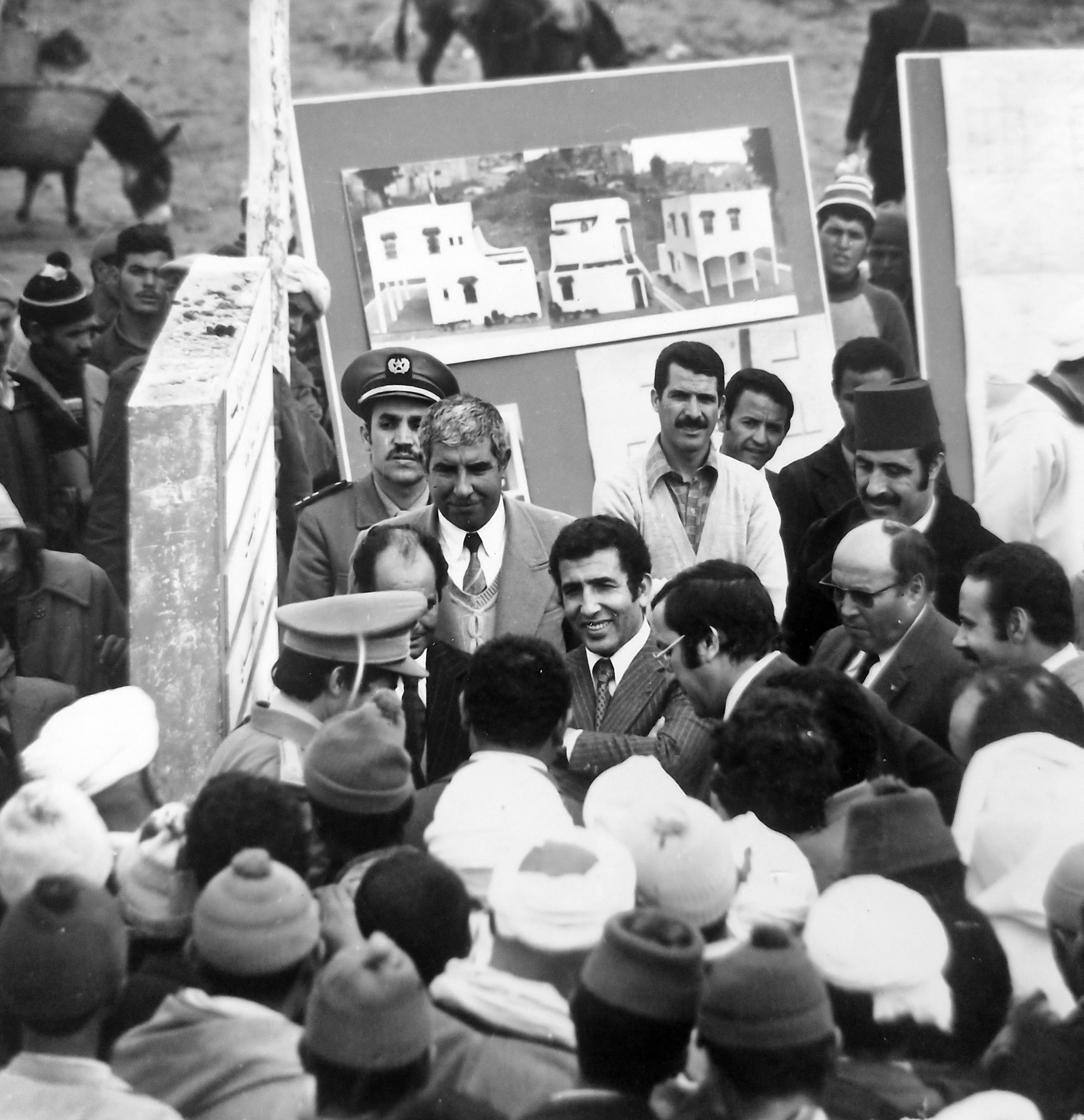Building the Afropolis
The second wave of decolonization of Africa took place from the mid-to-late 1950s to 1975. Colonial governments gave way to independent states with sudden and radical regime changes on the continent. Apart from nation-building processes, this political transformation was also strongly shaped by political imaginaries that went beyond nationalism, reimagining the relationships of these newly independent states to the rest of the World. In recent scholarship in political theory, this transnational imagination is often referred to as ‘Worldmaking .’This research poses that Worldmaking was not limited to a political imagination but was also tangible in the many housing and infrastructure projects implemented by these independent nations. As such, urban design practice was strongly informed by and helped shape this interrelationship between nation-building and Worldmaking. The literature on Worldmaking explores the changes in postcolonial Africa’s politics, economy, and society. However, scholarship is still missing on how Worldmaking was visible on African soil through urban design. In this context, this research project explores urban design as Worldmaking in Africa through the lens of Morocco and Senegal. It will defend this hypothesis by examining the work of Service de l’Urbanisme in postcolonial Morocco and la société immobilière du Cap-Vert (SICAP) in postcolonial Senegal from 1956 to 1980. It delves into specific urban design projects of different scales and impacts. By studying two central housing agencies established in the late colonial period and continuing in the postcolonial period, the Service de l’Urbanisme in Morocco and the SICAP in Senegal, this research will explore how urban design as a practice was strongly informed by but also helped shape this interrelationship between nation building and Worldmaking.
This research will study this interrelationship between nation-building and Worldmaking by investigating how the Service de l’Urbanisme and SICAP responded to the pressing need for housing and infrastructure on the one hand and the lack of local expertise on the other and to what extent these responses were informed by their alliances to the so-called ‘Casablanca bloc’ and the ‘Monrovia bloc’ – two coalitions of African countries that had opposing views on their relationship to the former colonizer.
Hover Image: 10 May 1975 – Presentation of the project “Village pilote “La Belle Vue” à Khemisset”. Courtesy : Photothèque de l’école National d’Architecture de Rabat.
